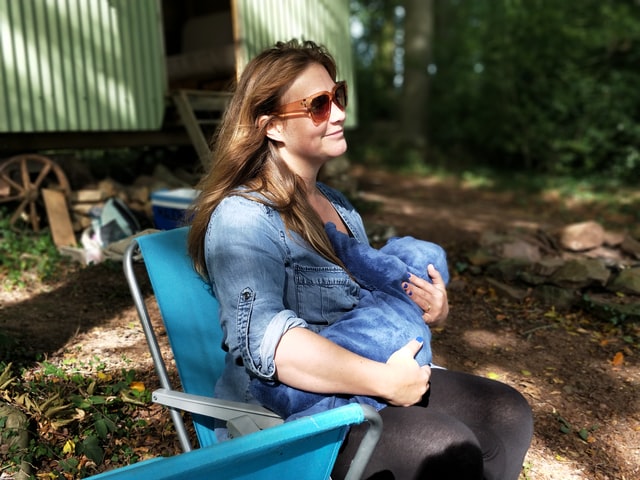Finally comes the day when a woman wants or has to stop breastfeeding. Sometimes the end of lactation is accompanied by emotional pain and breast pain. You can soften it if you prepare well. How to stop breastfeeding?
Consider the decision to stop breastfeeding
Do not make a decision to stop breastfeeding on the spur of the moment. This should be a well thought-out decision. Think about why you want to do it and whether it really is your decision or the effect of pressure from the environment. Breastfeeding creates a special bond between mother and child. Once you are sure of your opinion, it will be easier for you to act effectively. It happens that moms no longer want to feed naturally, they feel tired, some even rebel against it, but due to pressure from the environment and for the good of the child, they act against themselves. Nothing by force. When it comes to breastfeeding, it is up to the woman to decide whether to feed and when to finish lactation.
Breastfeeding is not just food
It is often the case that mothers wean children around their first birthday. This artificial boundary is probably due to the fact that in the mammalian world, offspring naturally give up breast milk when they tripled their birth weight. With the fact that, for example, a chimpanzee triples its birth weight around the age of three, and a human baby around the first birthday. And it is rare for children to give up their breasts during this period.
In the second and third years of breastfeeding, mother’s food continues to meet the baby’s nutritional and health needs. Provides protein, fats, lactose, vitamins, mineral salts and antibodies. At this time, the child’s personality is also shaped. Natural feeding then satisfies not only the child’s physiological but also psychological needs, providing e.g. a sense of security, limiting the amount of stimuli.

Some practical tips that can help in the process of ending feeding:
- specify the time period at the end of feeding, e.g. two weeks;
- don’t impose yourself, don’t suggest breasts. Feed only when the child is in great need of it;
- while weaning, wear clothes that are unlikely to be associated with feeding your baby;
- give up one feeding every 2-3 days. First give up feeding during the day or morning;
- when a child asks for a breast, try to draw his attention to something else: go for a walk, read a book, cook something together. This can help the child forget about the breast, and the time spent with his mother will satisfy the need for intimacy;
- hunger means that the baby can claim breasts first. Try to overtake his needs and prevent the child from waiting for a meal;
- even a small child needs a conversation and explanation why mother “doesn’t want to give milk.” Explanations such as: boobs hurt or get sick sometimes help, but they can arouse anxiety in a child, as well as lubricating nipples with lemon, gentian, salt, etc. It is worth explaining to the child that the time has come that the milk in the breast ends and instead of drinking milk lots of hugging and kissing.
- be with a child. A trip for a few days can be an additional stress, especially for a child – because of the sudden pick-up of “boobs” and a huge longing for mother.
- watch the baby. Stress caused by weaning can reduce a child’s resistance to disease;
- control your breasts.







